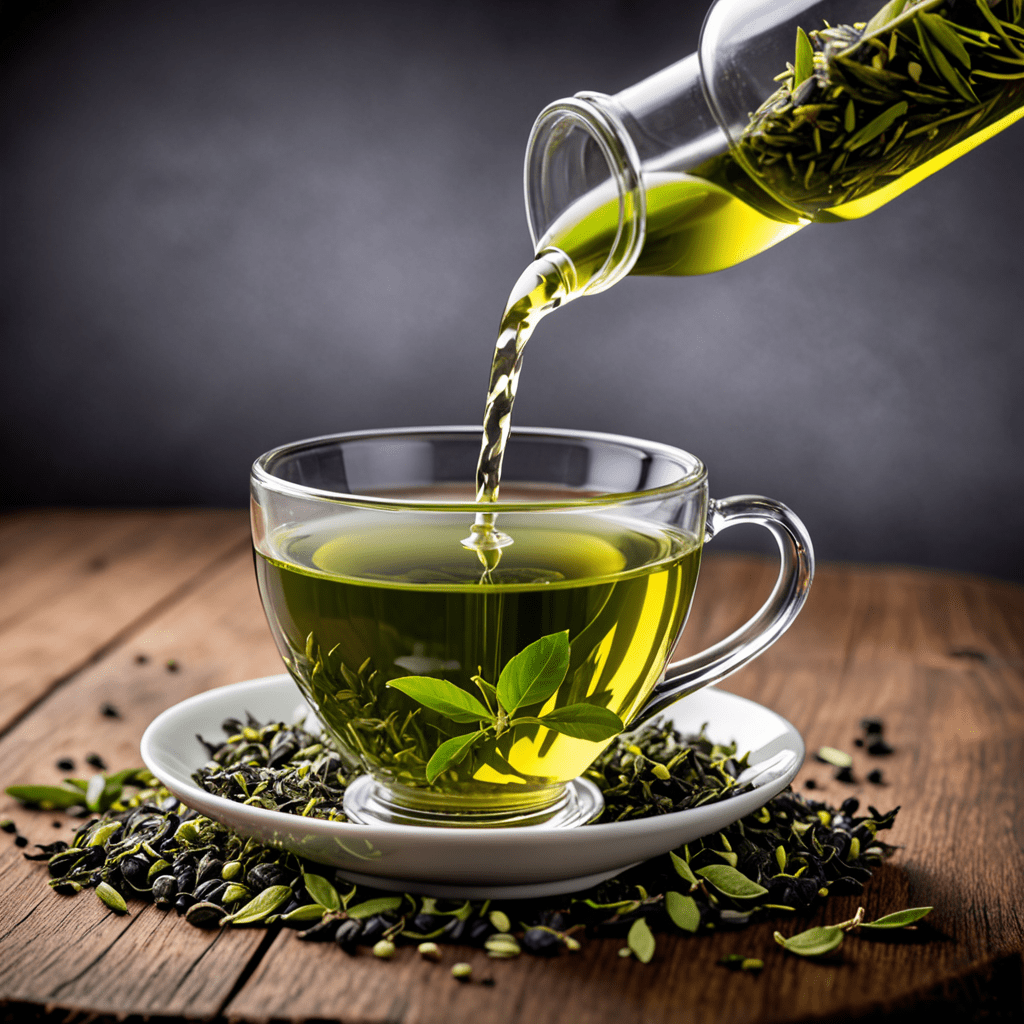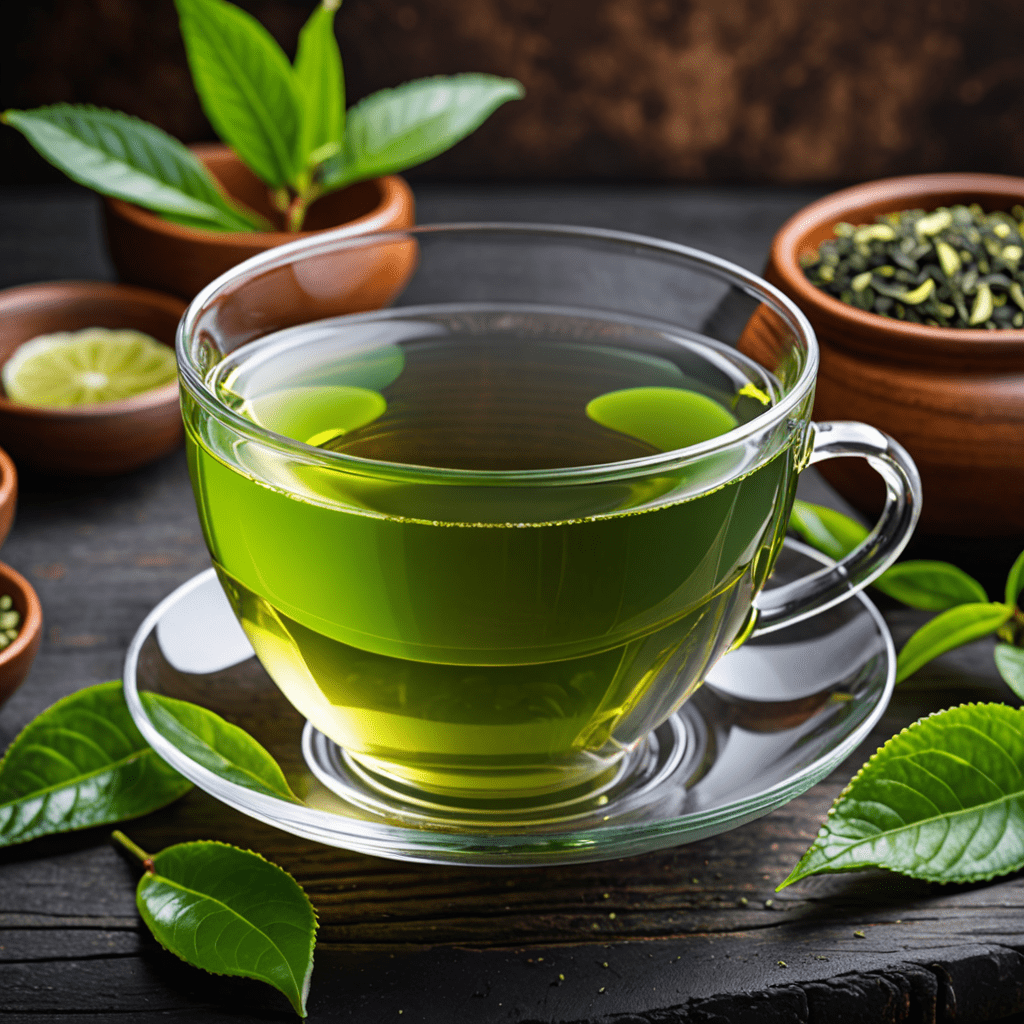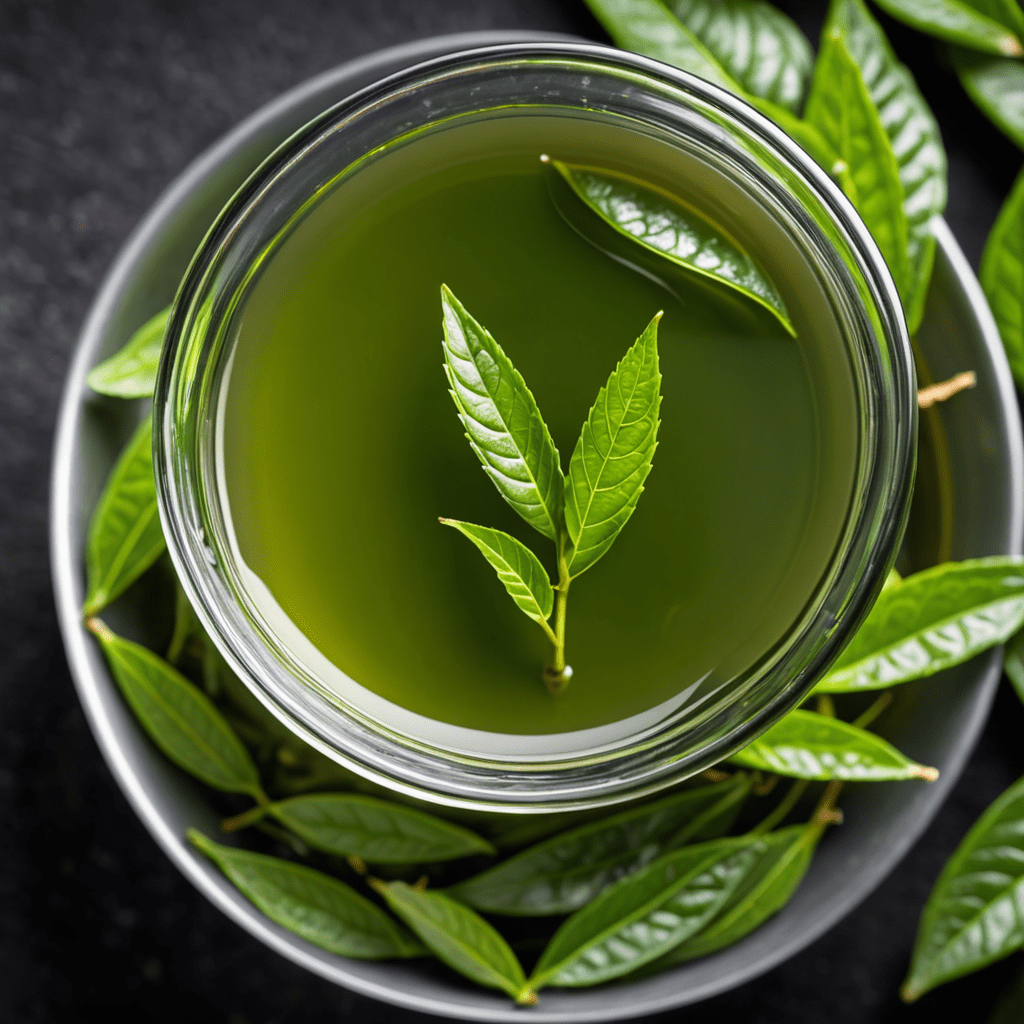The Delightful Flavor Profile of Green Tea Unveiled
Green tea is a popular beverage enjoyed by people all around the world. With its numerous health benefits and refreshing taste, it has become a staple in many households. But what exactly does green tea taste like? In this article, we will explore the flavor profile of green tea and delve into its nuances. So grab a cup of green tea and join us on this aromatic journey!
1. A Refreshing and Grassy Flavor
One of the key characteristics of green tea is its refreshing and grassy flavor. When brewing a cup of green tea, you can expect a clean and crisp taste that is reminiscent of freshly-cut grass or steamed vegetables. This flavor is often described as vegetal or herbaceous, providing a natural and earthy experience.
2. Sweet and Floral Undertones
While green tea is generally known for its grassy flavor, there are also sweet and floral undertones that can be detected in some varieties. These delicate notes add complexity and depth to the overall taste profile of green tea. Depending on the specific type, you may notice hints of jasmine, orchid, or even lilac in certain green teas.
3. A Hint of Bitterness
Green tea can sometimes have a slightly bitter taste, especially if it is brewed for too long or at a high temperature. This bitterness is more prominent in lower-quality or poorly brewed green teas. However, with proper brewing techniques and high-quality leaves, the bitterness can be minimized, allowing the natural flavors to shine through.
4. Mild Astringency
Another characteristic of green tea is its mild astringency. Astringency refers to the drying or puckering sensation that occurs in the mouth after consuming certain foods or beverages. In the case of green tea, this astringency is usually mild, leaving a pleasant and enlivening sensation on the palate.
5. Grassy Aftertaste
After savoring a cup of green tea, you may notice a lingering grassy aftertaste that remains on the tongue. This aftertaste adds to the overall experience of drinking green tea and serves as a reminder of its natural origins. The length and intensity of the aftertaste can vary depending on the specific type of green tea and the brewing method used.
6. Frequently Asked Questions (FAQ)
6.1 Does all green tea taste the same?
No, not all green teas taste the same. Green tea can have a wide range of flavors and nuances depending on factors such as the tea plant variety, growing conditions, processing methods, and brewing techniques. Varieties such as sencha, matcha, and Dragon Well have distinct flavor profiles that set them apart from one another.
6.2 Can green tea be flavored?
Yes, green tea can be flavored with various natural ingredients to enhance its taste. Popular flavorings include jasmine, lemon, mint, and berries. These flavorings can complement the grassy notes of green tea or add a refreshing twist to the overall flavor profile.
6.3 How should I brew green tea to maximize its flavor?
To maximize the flavor of green tea, it is essential to pay attention to brewing techniques. The water temperature, steeping time, and tea-to-water ratio all play a role in the resulting taste. Generally, green tea is best brewed with water between 160°F to 180°F (70°C to 82°C) and steeped for 1 to 3 minutes, depending on the specific type of green tea.
6.4 Can I add sweeteners or milk to green tea?
While it is common to add sweeteners or milk to black tea, green tea is traditionally enjoyed without any additives. However, personal preferences vary, and some individuals may choose to add a touch of honey or a splash of milk to their green tea. Keep in mind that these additions may alter the original flavor profile of the tea.
6.5 What are some popular green tea varieties?
Some popular green tea varieties include sencha (Japanese green tea), matcha (finely ground green tea powder), Dragon Well (Chinese green tea), and Gunpowder (rolled green tea leaves). Each variety has its own unique flavor profile, offering a diverse range of taste experiences for green tea enthusiasts.
6.6 Can the flavor of green tea change over time?
Yes, the flavor of green tea can change over time, especially if it is not stored properly. Exposure to air, moisture, and sunlight can cause the tea leaves to deteriorate and lose their flavor. To preserve the taste of green tea, it is best to store it in an airtight container away from direct sunlight and strong odors.
In conclusion, green tea offers a delightful flavor profile that combines refreshing grassiness, delicate sweetness, and aromatic florals. The taste can vary depending on the specific type of green tea, brewing techniques, and personal preferences. Whether you prefer a pure and clean grassy taste or the complexity of floral undertones, green tea has something to offer for every tea lover. So next time you sip on a cup of green tea, take a moment to savor its unique flavors and enjoy the calming experience it provides. Cheers to the wonders of green tea!


